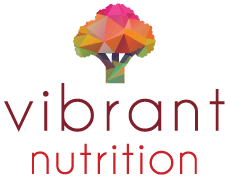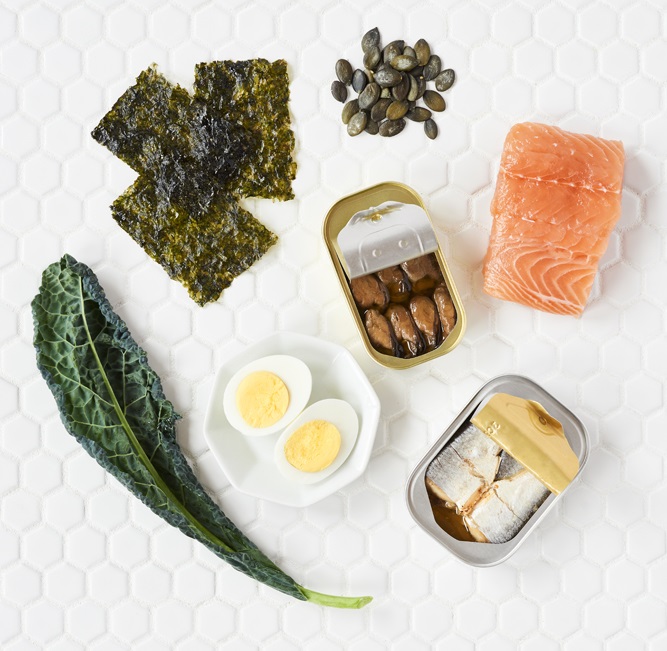March 1st, 2018
Plant-Based Protein: What they are and how you can benefit
Plant-Based…have you heard these words a LOT lately? It’s not in your imagination! What does it mean? It means eating most of your food from the plant category vs. animal. Especially plant-based protein. It DOES NOT mean becoming a vegetarian or vegan necessarily; just increasing your plant foods to be the star of your diet!
Did you know many Canadians are planning to eat more plant-based proteins in 2018? Are you one of those Canadians? If you are-AMAZING, if you aren’t- it’s time to get on board! Plant-based proteins and diets in general are becoming popular for many reasons: health benefits, environmental concerns, cultural traditions, budget, and the introduction of more of these foods into the Western diet. And great news- it is not hard to do. So, let’s discuss exactly how to do it!
What is plant-based protein?
When most people think of plant-based protein- it involves some combination of tofu and beans. Is that what your first thought was? Beans are, in fact, a great source of protein, fibre, iron, vitamins, etc. and tofu is an incredibly versatile substitute for meat that fits into many dishes. But they are only two of a HUGE number of plant-based options. Here’s some of the others: Lentils, split peas, tempeh, whole grains (such as quinoa or even whole wheat), nuts (and nut butters), seeds (all of them- hemp, chia, you name it) and even vegetables (edamame, peas!) contain protein as well. The options are endless- and read on to find out how to use them.
Why should I eat them?
Eating more plant-based food is associated with lower risk of chronic diseases such as heart disease and cancer, helps to manage weight, and can provide all the nutrients your body needs. Besides containing more than enough protein for your daily needs, plants also contain tons of fibre and vitamins to keep you healthy.
Besides just health reasons- plant-based proteins are considered to be a more sustainable source of food due to the massive amounts of resources required for farming livestock, and the pollution that goes along with it. Also- they’re cheap! Products such as dried beans and lentils are a fraction of the cost of animal protein products, and bonus- Canada is one of the largest producers of pulses!
But plant proteins aren’t as good as meat proteins!
This is a myth!! It’s true that animal products contain “complete” proteins- in that they have all of the essential amino acids that humans can’t make, and therefore need to get from their diets. But plant proteins are just as good. Different types of plant proteins contain different amino acids, so eating a variety of them can provide all you need (this was the basis of the “protein-combining” diet). Even more than that- the body is very efficient at recovering and storing amino acids that we might not eat as much of, so we really don’t have to worry too much about how “complete” our proteins are (learn more about that here). And when it comes down to it- plant-based proteins have a lot more benefits and a lot less risk when it comes to our health.
So what do I do with them?
Switching to plant-based proteins is easy and you can start right away! Lots of people find the thought of cutting meat out of some meals overwhelming- especially if it’s usually the centerpiece of your meal! While it may seem daunting at first, there are so many types of plant-based proteins that adding more into your diet can make it more versatile than ever. Here’s a quick breakdown of how to start incorporating them:
Start with the grains
At 4-9g of protein per ½ cup, simply swapping white for whole grain rices and breads will already give you some added protein (and fiber and vitamins). There’s also a number of high-protein grains such as quinoa, buckwheat and bulgar. You can have them on their own as a side or mix them into salads and other dishes.
Snack on nuts
You can get tons of plant-based protein (around 15g per 1/2 cup!) by adding these into your diet. Grab a handful of unsalted nuts for a midday snack. Spread apples with a natural nut butter (watch for added sugars). These are full of healthy fats too, and will help you stay full longer!
Reach for legumes
Look for opportunities to add beans, peas and lentils into meals- they contain 6-10g of protein per 1/2 cup and they go great in soups, stews, chili, pastas and salads. They also make a great substitute in meat recipes- swap half your ground beef out for lentils in tacos or meat sauce, or try making veggie meatballs or black bean burgers.
- Tip: Have you made lentils and beans before? You can buy the canned version (low salt please!) but cooking them from scratch is easy and saves a lot of money. Cooking pulses involves rinsing, soaking, and then bringing to a boil and simmering, but cooking times and methods vary greatly (for example, you can skip the soaking and cut the cooking time for lentils). Check out this guide to preparing every type you can think of here.
Sprinkle seeds on everything
At 4-10g per ounce, seeds are a great opportunity to add protein and vitamins to your meals. Add hemp, chia, sunflower, flax, pumpkin, etc., onto cereals, yogurt, and salads or add into soups, dressings and smoothies.
Take on tofu and tempeh!
They have 10-15g of protein per ½ cup serving. Lots of people see this as a big, daunting step, but it doesn’t need to be. Tofu is incredibly versatile and you can cook it a number of ways- baking, pan-fry, some tofu can just be blended into dessert recipes. Try incorporating it into recipes like noodles or curry where it’s often found in traditional recipes and the sauce gives it lots of flavour. Tempeh (fermented soybeans) has a great texture to use as a meat substitute in sandwiches, salads, and on its own too!
Don’t forget your veggies!
Veggies for extra protein? Try throwing a cup of spinach, asparagus, mushrooms and brussel sprouts into your favourite dish for an extra 3-5g of protein. Or get even more with a side of peas or edamame (9-11g per cup). Edamame are a great snack steamed with some salt!
Final Thoughts
Variety is the spice of life! Learning to use plant-based proteins can open up a world of new possibilities in your meal prep and cooking. And we’re definitely not telling you to cut all of your animal products- in moderation, these are still part of a healthy diet (and tasty too!). By incorporating new plant-based proteins along with your old favourites, you can enjoy all the health benefits and eat delicious, filling food at the same time.

